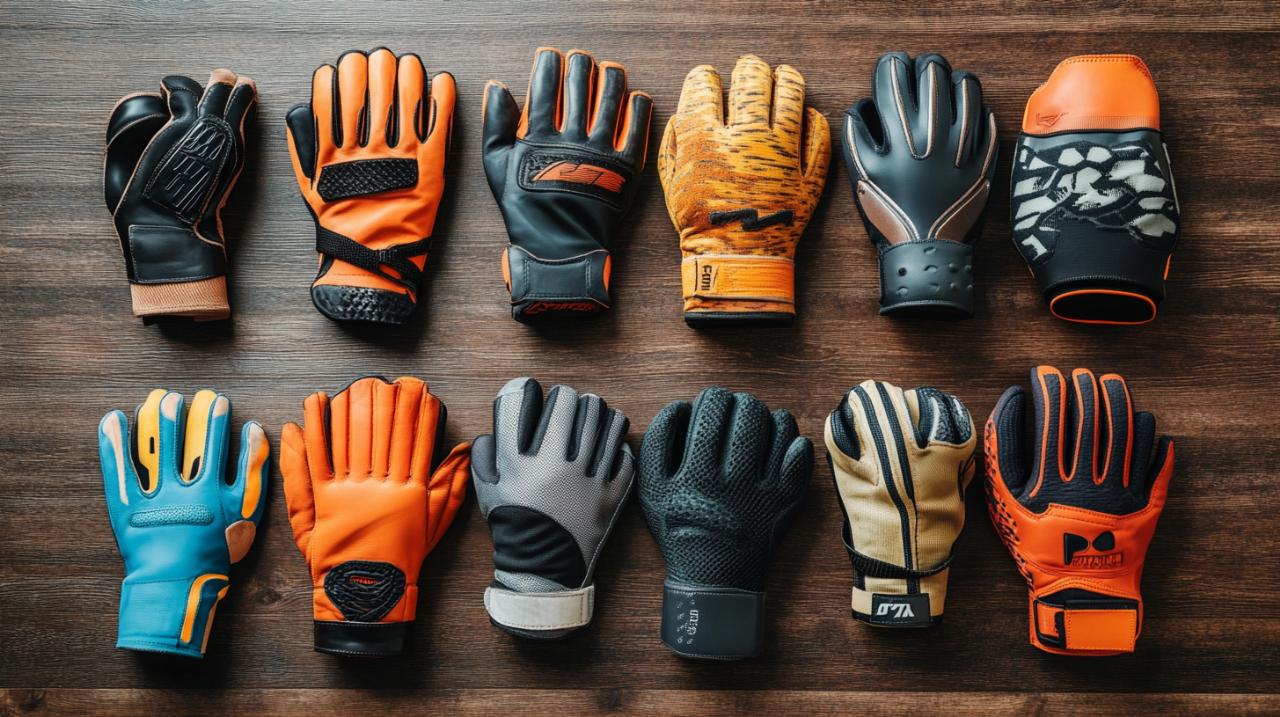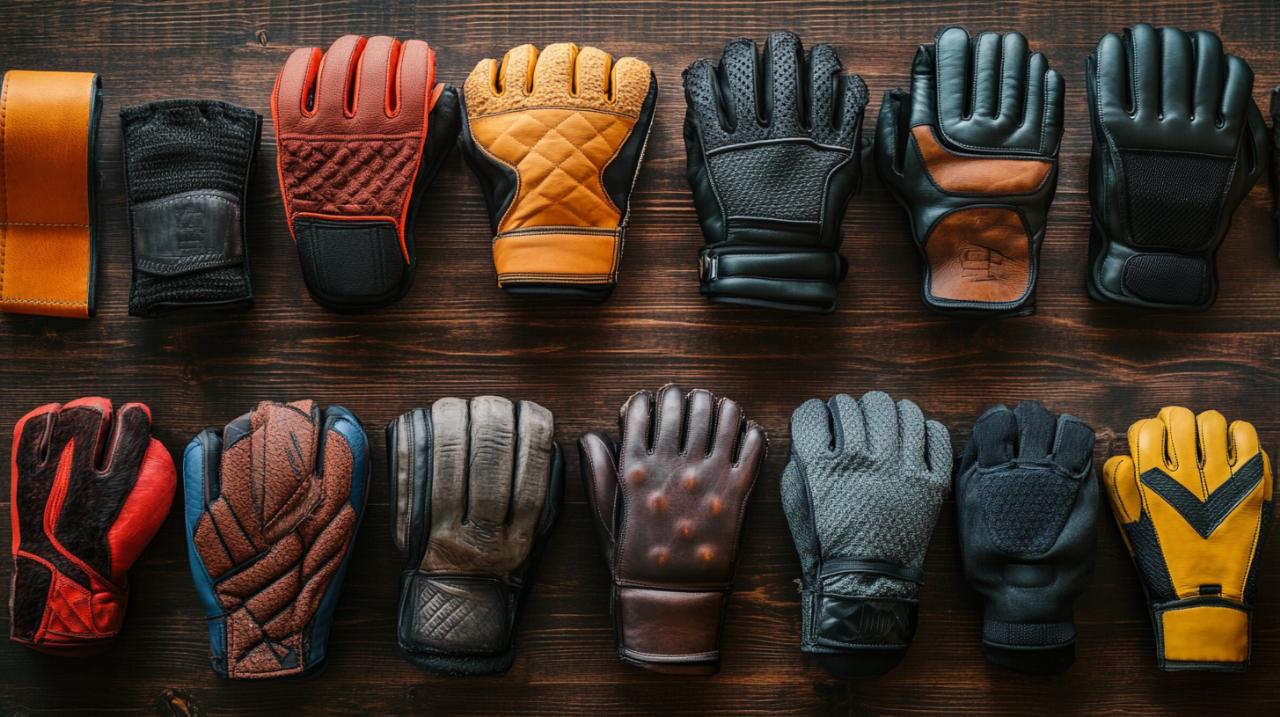When you step into the gym ready to tackle your training session, the right equipment can make all the difference between a productive workout and one that leaves your hands sore and blistered. Weightlifting gloves have become an essential piece of kit for many fitness enthusiasts, offering not just protection but also improved grip and wrist support during demanding exercises. With numerous options flooding the market, from traditional leather designs to modern synthetic alternatives, understanding what sets one pair apart from another becomes crucial for making an informed choice that suits your training style and preferences.
Understanding weightlifting glove materials: leather vs synthetic fabrics
The debate between leather and synthetic materials forms the cornerstone of any best weightlifting glove comparison guide, as the fabric you choose directly impacts durability, comfort, and maintenance requirements. Each material brings distinct characteristics that cater to different training needs and personal preferences, making it essential to understand their unique properties before committing to a purchase.
The Benefits and Drawbacks of Leather Weightlifting Gloves
Leather has long been the traditional choice for workout gloves, valued for its natural durability and ability to conform to the unique shape of your hand over time. When you invest in quality leather weightlifting gloves, you acquire a piece of equipment that moulds itself to your grip pattern, creating a personalised fit that improves with regular use. The material's breathability stands out as a significant advantage, allowing air circulation that helps manage moisture during intense training sessions. Cowhide leather, commonly used by premium manufacturers, provides exceptional resilience against wear and tear, with proper care extending the lifespan of these gloves beyond two years of consistent use. However, leather does require more attentive maintenance than synthetic alternatives. The material needs careful cleaning to preserve its integrity, and exposure to excessive moisture without proper drying can lead to stiffness or deterioration. Additionally, leather gloves typically carry a higher price point, which may deter budget-conscious gym-goers seeking hand protection without substantial financial commitment.
Why synthetic fabrics are gaining popularity in gym gloves
Synthetic materials have revolutionised the fitness accessory market, offering practical alternatives that address many of the maintenance concerns associated with leather whilst providing excellent performance characteristics. Modern gym gloves crafted from synthetic fabrics such as neoprene, microfibre, and polyurethane deliver impressive functionality at various price points. Neoprene stands out for its flexibility and moisture resistance, making it ideal for intense functional training where sweat management becomes paramount. The material maintains its shape whilst providing adequate cushioning, though it may retain heat more than other options. Microfibre has emerged as a particularly appealing choice, combining breathability with durability and easy maintenance. These gloves can withstand regular machine washing on gentle cycles without losing structural integrity, making them far more convenient for those who train frequently. Polyurethane represents the budget-friendly end of the spectrum, offering decent grip enhancement and blister protection for beginners or casual exercisers. Synthetic gloves generally require replacement after six months to a year of regular use, a shorter lifespan than leather but offset by their lower cost and minimal maintenance demands. The ease of cleaning synthetic materials cannot be overstated, as most can simply be tossed into the washing machine after a sweaty session, then air dried without special conditioning treatments.
Essential Features to Look for When Selecting Your Weightlifting Gloves

Beyond material composition, several critical features determine whether a pair of gloves will truly enhance your fitness training or become an uncomfortable hindrance. Understanding these elements helps you identify the specific characteristics that align with your workout routine and exercise performance goals.
The Role of Padding and Grip in Performance and Comfort
The padding integrated into your weightlifting gloves serves as your primary defence against callus prevention and blister protection, two common concerns that can interrupt training progress. Gel padding represents the premium option, designed to absorb impact whilst distributing pressure evenly across your palm during pulling exercises like pull-ups and deadlifts. This advanced cushioning technology excels at protecting pressure points without compromising your connection to the bar or dumbbell. Foam padding offers a more economical alternative, providing adequate protection for machine exercises or lighter weight training, though it tends to compress and flatten over time with heavy use. The choice between gel and foam largely depends on your training intensity and the types of exercises you perform regularly. Grip enhancement features equally crucial consideration, as maintaining secure contact with equipment directly influences your exercise performance and injury prevention efforts. High-quality gloves incorporate textured surfaces on the palm area, with silicone patterns or specialised grip materials that maintain effectiveness even when your hands produce significant sweat. Some manufacturers add strategically placed reinforcement to palm areas that experience the most friction, extending glove longevity whilst improving grip strength during challenging lifts. Breathable material construction works in tandem with these features, promoting air circulation that manages moisture and prevents the bacterial growth that leads to unpleasant odours. Ventilation panels or mesh inserts allow sweat absorption and evaporation, keeping your hands comfortable throughout extended training sessions.
Wrist straps and support: do you really need them?
Wrist support features present an important decision point when selecting gym gloves, particularly for those engaging in heavy lifting or exercises that place significant stress on wrist joints. Gloves designed specifically for weightlifting often incorporate extended cuffs with adjustable straps that stabilise the wrist during demanding movements, helping to balance hand and wrist positioning throughout the range of motion. Velcro fastening systems offer quick adjustability and ease of use, allowing you to fine-tune the tightness based on the specific exercise or your comfort preferences that day. Buckle closures provide more secure fastening for those who prioritise maximum stability during extremely heavy lifts, though they require slightly more time to adjust between sets. The question of whether you truly need wrist straps depends largely on your training style and any existing joint concerns. Those performing compound movements with substantial loads typically benefit from this additional support, which helps maintain proper form whilst reducing strain on the wrist structures. Conversely, individuals focusing on lighter resistance training or cardio activities may find minimal wrist support sufficient, prioritising instead the freedom of movement that comes with simpler glove designs. Fingerless gloves have gained considerable popularity amongst fitness enthusiasts, offering improved ventilation and enhanced tactile feedback for technical exercises that require precise grip adjustments. This style allows direct contact between your fingertips and the equipment, which some lifters prefer for movements demanding fine motor control. Full-finger gloves provide comprehensive hand protection and additional warmth in cooler environments, though they may feel restrictive for certain users. Understanding your specific training demands and personal comfort preferences guides you towards the wrist support level and finger coverage that optimises your workout experience whilst providing adequate protection and performance enhancement.
